A Winged Victory for the Sullen: "If I can’t fall asleep to a piece of music I’ve written it doesn’t make the record"
Adam Wiltzie discusses the ambient duo's new theatre production score, Invisible Cities
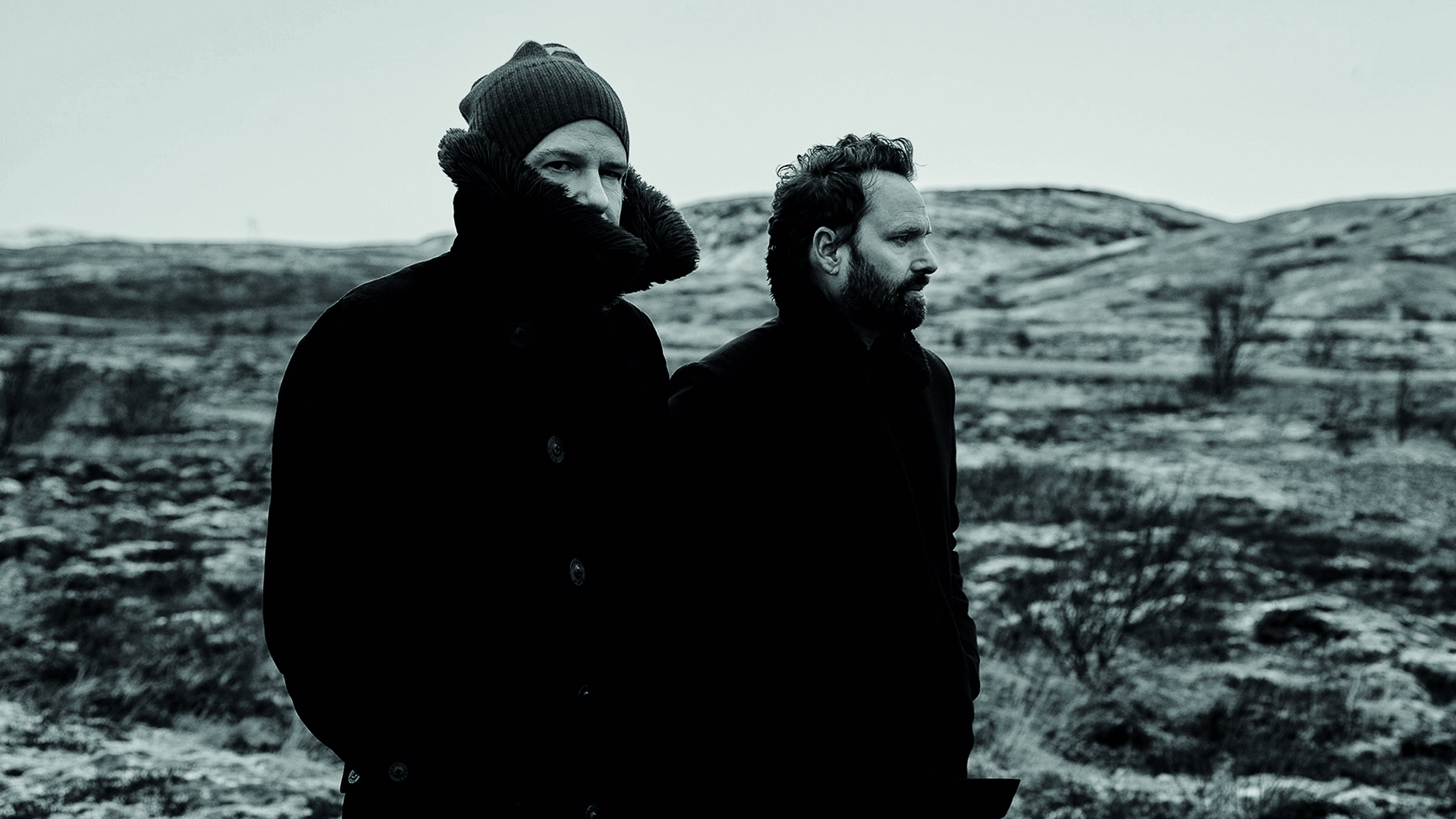
When Adam Wiltzie put the skids on ambient band Stars of the Lid back in 2007, fresh inspiration arrived almost immediately following a chance backstage meeting with prolific Emmy Award-winning composer Dustin O’Halloran.
Combining Wiltzie’s ambient guitar drones and O’Halloran’s sparse piano, the duo recorded their eponymous debut album in a variety of large acoustic spaces in studios across Europe.
The duo then took their sound into a more electronic-oriented direction under the guidance of Wiltzie’s long-time sound engineer Francesco Donadello, releasing further ambient albums Atomos (2013) and The Undivided Five (2019).
In between, the collective have scored two movies (Iris and God’s Own Country) and more recently worked with video designer Leo Warner for a theatre production at the Manchester International Festival. Titled Invisible Cities, the original score has been condensed to create a richly expansive ambient album, and we asked Wiltzie all about it...
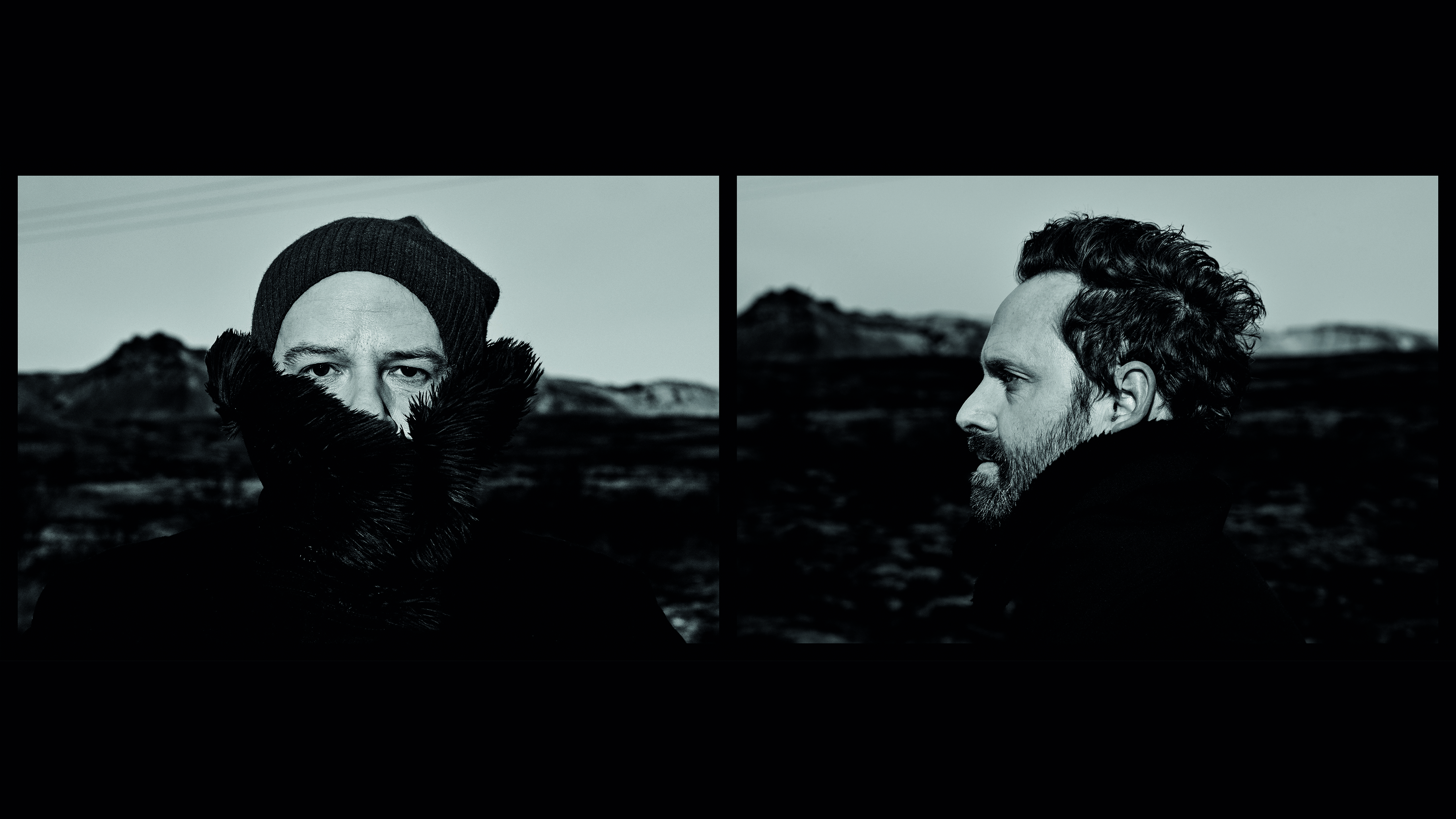
Did you pause Stars of the Lid because you wanted to spread your wings and collaborate?
“We’d have to go back to around 2007 for the last Stars of the Lid record. I was a little burned out having done this project since the early ’90s and didn’t consciously take a pause, I just felt like branching out and doing something different.
"I was playing with a band called Sparklehorse and the Winged Victory for the Sullen thing happened around the end of that tour. We were down in Bologna, Italy and our sound engineer brought Dustin O’Halloran to the show. We just clicked - it’s really easy to write music together.”
Want all the hottest music and gear news, reviews, deals, features and more, direct to your inbox? Sign up here.
Like your second album Atomos, Invisible Cities was originally a commissioned score. In this case, a multimedia stage production…
“Last March we started mixing our album The Undivided Five in Berlin at the same time the job dropped from 59 Productions to do this soundtrack for the Manchester Festival. There wasn’t a lot of time to think about it. Dustin was off scoring a BBC TV show called A Christmas Carol and had to go deep into that, so I took the lead on Invisible Cities.”
Who are 59 Productions?
“They worked with Danny Boyle on the 2012 Olympics opening ceremony and do these really bombastic theatrical shows mixed with video. The Manchester Festival arrives every two years, so we basically had to do the whole score in about three months to hit the premiere in the first week of July. We just blindly went forward with it.”
I’m not a classically trained film composer, and neither is Dustin, but we are finding that people are up for a little more experimentation.
You worked with video designer Leo Warner. What did your early discussions revolve around in terms of bringing his vision to reality?
“It’s a theatre production mixed with dance production - a psychedelic 13th century travelogue based on a novel by Italo Calvino. They rehearsed at the old Mayfield Train Depot in Manchester, which is the size of two football pitches split into four chunks.
"The set changes took so long because they had to create barriers with video projection. Because of how the set changes linked together we did almost two hours of music. The show was extremely complicated, but we had the easy part because we just had to do the music. It was supposed to go on tour after the premiere in Manchester, but then Covid hit so everything stopped.”
Writing two hours of music for such a wide-ranging production sounds a big commitment...
“If you look at the full arc of everything that went on I felt relieved I was only in charge of the music. I’ve never been so impressed with a director because Leo had to keep his cool with so much going on. There were almost 100 people working on the production but he had the ability not to micro-manage people, and when you’re not being micro-managed it’s amazing how much more creative you can be. Ultimately, that’s what all artists want – you don’t want it to feel like a job.
"For us, there were obviously challenges in keeping the audience interested over two hours. The Atomos album you mentioned was strictly dance and music, but this one was much bigger. They hired a scriptwriter, so it was just like working on a film score. I was following that more than anything but had a little more freedom to work on sound design.”
Do you feel that the soundtrack/theatre production industry has become more willing to work with leftfield artists like yourself?
“There’s definitely been a shift in directors having a little more freedom to choose who they want to work with. With all the money that’s involved, productions are often independently funded away from the studio system so there’s freedom to create more variation.
"I’m not a classically trained film composer, and neither is Dustin, but we are finding that people are up for a little more experimentation. I’m not going to be hired to make Meet the Fockers 4 that’s for sure – I don’t have the happy thermometer [laughs]. I’m always happiest when I’m miserable. I listened to Brian Eno when I was a kid and my musical tastes haven’t changed much since then.”
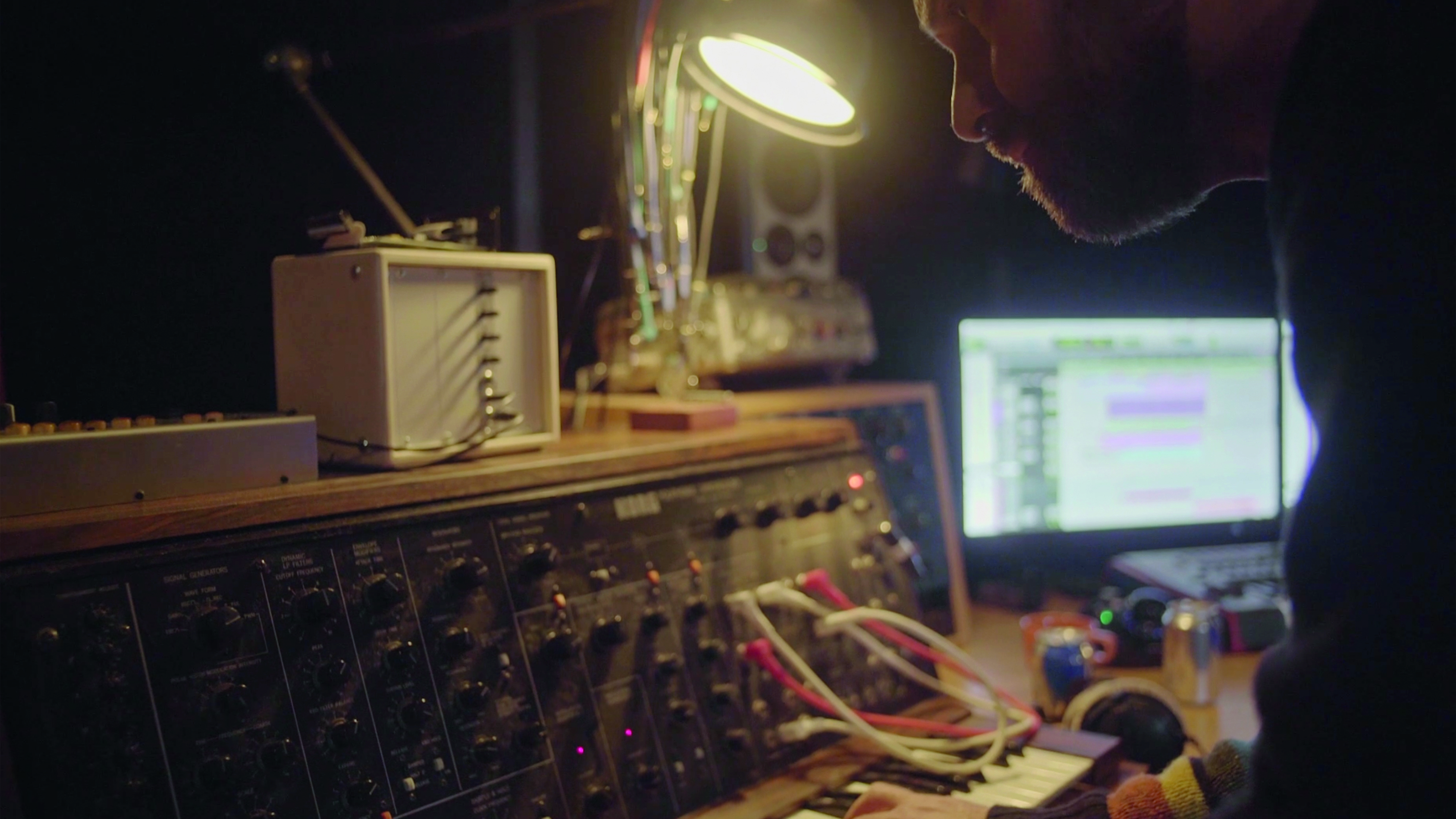
The original stage show was 90 minutes and the album’s half that time. Did you have to create a more album-friendly format?
“Imagine the stage being a T-shape with the audience split into four sections with screens coming down for the set changes. I had to create all these mini symphonies for the set change breaks but felt we’d have to edit the music to suit people sitting on their couch at home listening to two sides of vinyl.
"After Covid hit was the perfect time to condense the music we’d recorded, mix and release it. It was fun going back in and trying to sculpt the music into a 45-minute format.”
Is it ‘easier’ to work on condensed pieces rather than lengthier, structureless ambient tracks?
“It’s something Dustin and I have been talking about for a few years now. I remember on the second Stars of the Lid record there’s a 20-minute long piece because we didn’t have anything to write to picture. It could have gone on longer but wouldn’t fit on the CD.
"Since we’ve gotten into scoring for film and TV a lot of the time you need to write for 30 seconds to a minute and we’ve got really good at that, but once you’re in that zone it’s extremely difficult to get out of. When we started writing The Undivided Five it took us about six months to rearrange our heads because we no longer needed to chop off a piece of music at two minutes. That’s definitely a headspace you need to get into because it doesn’t happen automatically.”
How do you get into that headspace?
“Since the beginning I’ve always had this philosophy that if I can’t fall asleep to a piece of music I’ve written it doesn’t make the record. The music has to pass this creative test whereby if something in my brain shuts off then I know I’m getting somewhere.
The music has to pass this creative test whereby if something in my brain shuts off then I know I’m getting somewhere.
"I also try not to second-guess myself and stick to my initial feelings. Time has a funny way of changing a piece of music you’ve worked on, so I’ve become a little insane about note-taking to specifically remind myself to come back to the initial feeling I believed in and keep going in a particular direction.”
Is making ambient music more difficult because you’re often replaying long sections of music that continually need to be re-evaluated?
“Maybe I’m a little biased but I don’t think people realise how hard it is to make ambient drone music and do it well. When you’re dealing with very minimal structures or instrumentation it’s so obvious when something’s not working, whereas when you pile on a bunch of instruments it’s easier to disguise imperfections.
"There are many aspects of music making that can be tedious, but Justin and I are very lucky to be in the position we’re in and feel very fortunate to work in this creative space.”
Tell us about the process of recording the music for Invisible Cities with Dustin?
“Two heads are better than one so Dustin’s always involved. I took the lead in terms of being in contact with the director, but then I’d feed things through to him.
"Normally we like to be together in the same room because it’s fun, but on Invisible Cities more than any other record we did a lot of it remotely because he was in LA and I’m here in Belgium.
"On our working relationship, people in the music industry can be very eccentric and think that everything they’re doing is on another level, but we’ve been working as a duo for a while now and it’s become pretty easy to work together.”
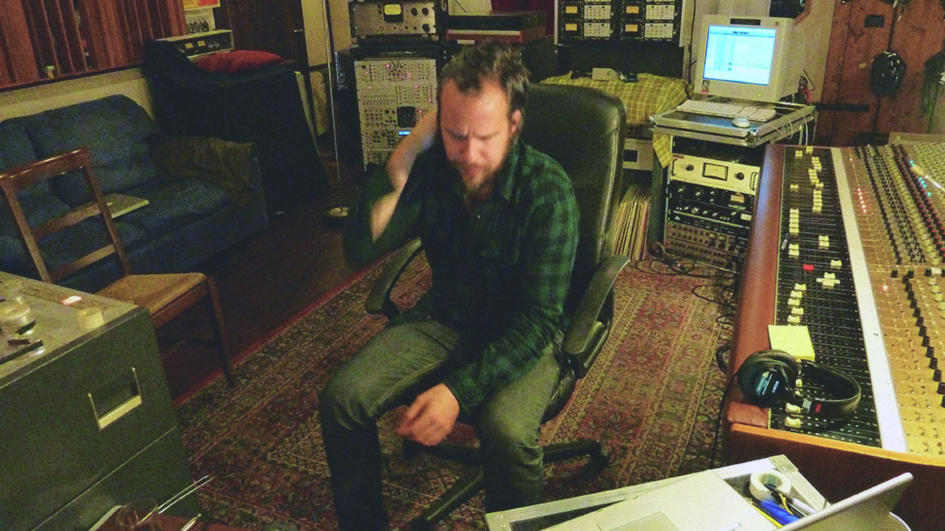
You often hear about friction being a factor in what makes collaboration special…
“That’s true, but even though we collaborate well together we’re still like a band and it’s always a challenge. There’s a little bit of love/hate going on at times but in general we see the big picture and realise we need each other and could never do this on our own. I’m very particular and picky about things, but as I’ve gotten older I’ve grown to realise that 99% of the time I like whatever Dustin’s doing.”
You have a history of recording in remote spaces with natural reverb. Was that the same for Invisible Cities?
“Invisible Cities was the first album primarily made in the box. Normally we do the final mix in Berlin but we had to do it remotely this time because we didn’t have enough time.
"To give it some context, as you mentioned about the first record and The Undivided Five, we chose really specific spaces that had a reverberation; for example, a church across the street from my studio or a piano in a studio that has a really specific sound.
"Because we didn’t have time, we worked out of our separate studios and some of the orchestrated parts were recorded in a famous studio in Budapest where Jóhann Jóhannsson recorded Sicario. The Hungarian players there are really good, so I chose them to do the choir parts and some of the orchestration.”
Presumably you need to read music in order to work with the orchestra?
“Reading music definitely helps. Because I wasn’t classically trained it’s a little like learning a new language, but I’ve learned to read music over the years and already worked with this orchestra a bunch.
"For larger film scores you have to bring in an orchestrator because you’re dealing with a lot of music in a short space of time and lots of small cues need to be organised. We’ll typically work with an orchestrator to help us finish. Dealing with a 30-piece orchestra and an eight-piece choir would just be a mess if you didn’t have a note structure to follow - it would be like speaking Chinese and the orchestra can be very dismissive if they don’t understand what they’re doing.”
There’s a little bit of love/hate going on at times but in general we see the big picture and realise we need each other and could never do this on our own.
How is your studio shaping up on the hardware side?
“I’ve definitely acquired a lot of keyboards over the years, but we tend to go through this re-amping process using different mics until we spit out this thing that sort of sounds like a Juno meets Prophet-5 meets Jupiter-8. We find ourselves making Kontakt patches out of that, so there’s nothing on the record that’s very pure except for maybe some Moog Voyager bass stuff.
"Even the piano we used is a pitched sample we created from a real piano. We’d like to release that as a sample someday as we’ve been working on it for a while now. Dustin’s extremely picky about piano sounds and there’s a lot of piano music out there so we need to keep things interesting for ourselves. We’re always looking to create something new that we can live with and sits right in the mix.”
So you’re basically creating your own Kontakt sample libraries?
“Absolutely, and once we’ve imported it into the DAW we’ll start recreating these layers. There’s a guitar-synth drone throughout the entire Invisible Cities soundtrack that’s actually a Prophet-5/Juno running through a two-inch tape loop that our sound engineer Francesco Donadello created.
"This is where I need him to explain, but he basically created a modular setup with this 24-track two-inch tape that you can play keys on and resample through, so you’re going from analogue to digital and back into analogue. I’m not sure if people can tell the difference, but it sounds like fuzzy guitar drums.”
You won’t tend to use Native Instruments’ Kontakt libraries for their own instrument emulations?
“Honestly, I don’t - I just use Kontakt to create patches because their sample libraries sound so familiar to me. That’s nothing against Native Instruments because I love the company and Kontakt is my main sampler - these cheap and easy ways of being creative are essential to what makes our stuff work.
"We use the same patches when we’re playing live using Ableton Live as a MIDI controller to trigger samples created on Kontakt. People always come to us after the show and ask where we got the keyboard because they think it’s something you might specifically buy in a shop. That’s great because it’s kind of the point - sounds are more compelling when you can bring your own personality to them.”
Are you both comfortable playing and sampling a variety of acoustic instruments?
“There’s definitely some slowed down cello and solo viola samples that I recorded in the studio to write with so I could have a mock-up to take to Budapest. The harp is probably the most unaffected instrument: that was directly recorded using a Coles 4038 ribbon mic, but on this album the electronic element is definitely more present.
"Voice also became a central role of everything. We got involved with a really good friend of ours called Hildur Guðnadóttir, who won an Academy Award for the Joker soundtrack. We made Kontakt voice sample patches using her vocals back in 2014-15 and always use those for writing because they’re raw and a little bit messed up. We basically ran her voice through a modular to create these pulsating, distorted loops. It’s the inspiration for the vocal stuff you can hear on tracks like The Celestial City and Desires Are Already Memories, which features this glacial vocal passage.”
Are you detuning her vocal patches to create a layered choral effect?
“It’s only really an octave and a half of her voice, although on the last track we did drop her voice down an octave so it sounds like a man, and that sounds fantastic. We just wanted something that didn’t sound like an orchestrated choir patch, which can be a bit sterile sounding. It’s also just nice to hear my friend’s voice on there, too.”
How layered are the tracks on this album?
“Five or six tracks might be the most on any of them. The orchestrated tracks may have more because we used a Decca Tree, outriggers and a lot more mics that we ended up stereo bussing. Other than that, they’re typically accompanied by just a drum and piano track. There’s one track called Despair Dialogue towards the end that’s just a Kontakt sound I created called ‘John Barry/Eno’ alongside a modular drum track and piano. Whether you think I’m a good composer or not, I’ve definitely developed a process that’s much more efficient than it used to be, especially when it comes to archiving.”
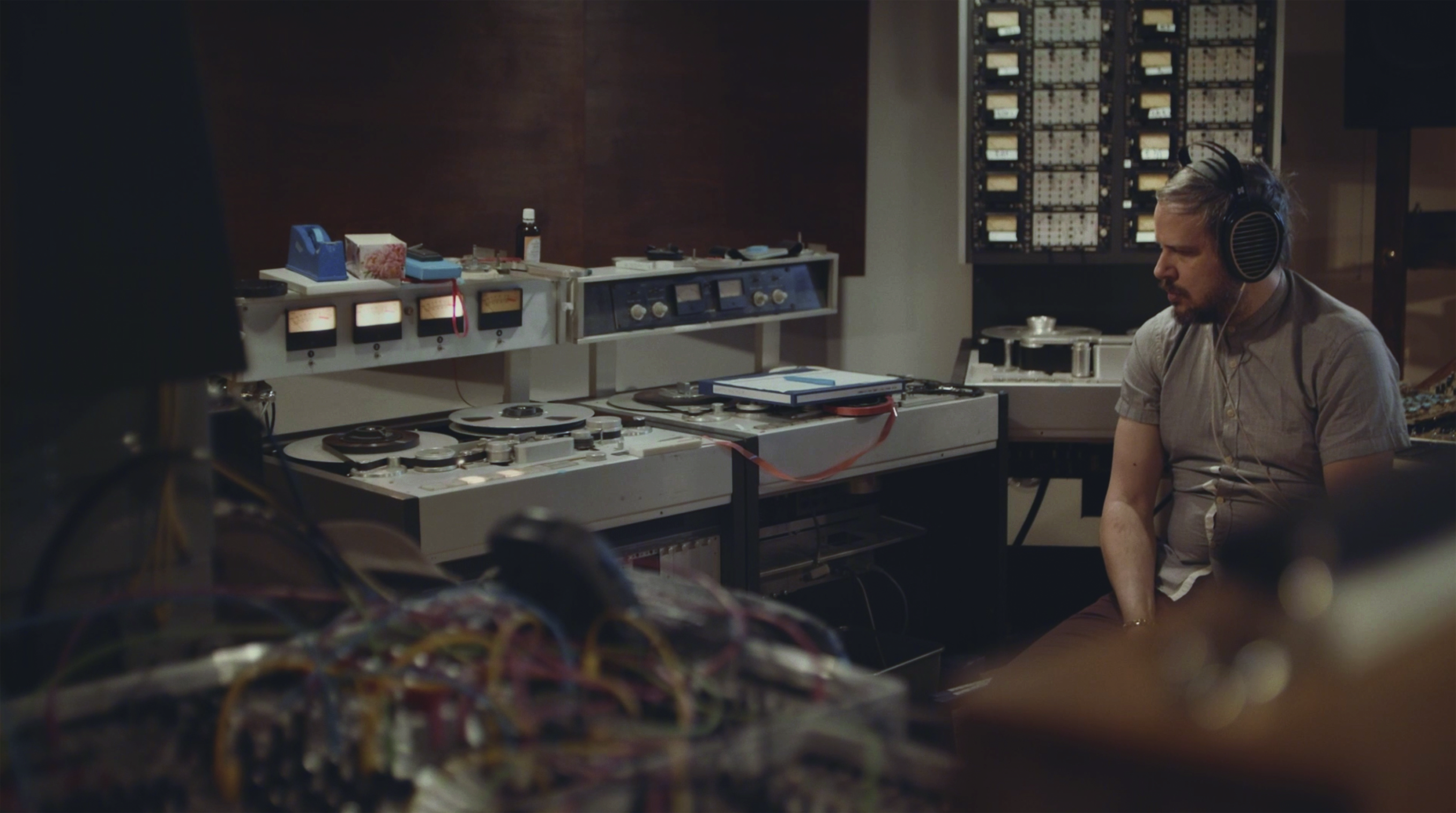
Presumably, it’s vital to back up your work?
“It’s a huge part of being creative. I didn’t even know what stems were until ten years ago, but making stems is almost as important as putting out the record because of what happens after with licensing. If you don’t have stems no one wants to have anything to do with you and they’ll just move on to somebody else. Especially on commercials, because a lot of the time they don’t want to play the song exactly as it is. Stems are the gold standard if you want your music to have life after a release and you don’t want to be going back in and recreating them.”
What do you use for backup?
“We have about four or five drives within one of our systems - a work drive, a backup drive, a sample library drive and I have a Blackmagic drive for archiving and even a backup for that. Everyone’s had a drive that died on them and it’s a horror beyond horror. If it ever happens to you it’s one of those moments that makes you want to give up music [laughs].”
You seem to have a healthy amount of modular kit in your home studio?
“I prefer using simple keyboards like the Moog, which is technically modular but not as complicated and a little bit easier to get sounds going. The Eurorack stuff is more down to Francesco adding textures across the record by running drones through his modular setup and re-recording to analogue.
"As we weren’t together for this record we had to mix in the box. Normally we’d mix through Franc’s old Cadac console into a Studer half-inch reel-to-reel because we love the sound of a half-inch stereo mixdown. If you listen to an analogue mix there’s undeniably something mysterious about the whole stereo dimension.”
Stems are the gold standard if you want your music to have life after a release and you don’t want to be going back in and recreating them.
Francesco seems quite fundamental to how you record and mix?
“Since we’ve been a band, we’ve always used Franc for our final mixes. It’s nice to have a fresh pair of ears and someone who’s really good at mixing. When you’re working on your own you can get a little bit lost, so it’s important to find someone you can trust to tell it to you straight and give another interpretation of a sound.
"His boss works in the famous Calyx Mastering studio in Berlin and they’ve mastered all of our records. Mixing and mastering have always been done together, which gives all our albums a similar sound.”
Do you prefer using hardware outboard?
“I have a bunch of 500 Series mic pres from Skibbe Electronics. They have this thing called the 736-5 preamp, which is only about £500-600 per channel, but it’s the best budget mic preamp I’ve ever found and we use it on practically everything, especially guitar. You have to get a 500 Series module to fit it in, but they’re still the best.
Otherwise, we did use an old Binson Echorec tape delay a lot on this record as we love running sounds through things that provide an element of tape flutter. I also have a Nagra quarter-inch tape deck that I use as a tape delay because it’s so clean and quiet. When you play a guitar through digital pedals you need something to soften the edges - maybe it’s to our detriment but we find that we’re always trying to colour the sound in a way that’s unfamiliar.
"It’s a strange addiction, but a really fantastic mic preamp and some kind of tape thing you can dump down to can really change the whole sound of your studio.”
In the box, you’re a fan of GRM Tools?
“GRM is like a French society for musique concrète - people who like to sprinkle baking soda on magnetic tape and record it. They’ve created their own set of plugins called GRM Tools and we’ve used them for a while to create texture within our acoustic mixes because they really don’t sound like anything else. They’re not cheap but I would highly recommend them.
"Apart from that, we only use software for EQing. I don’t have a lot of outboard EQs because I don’t typically EQ that much. FabFilter is a pretty basic EQ plugin that we’ve been using, but Francesco prefers to use a bunch of different passive EQs that are good for boosting the highs and mids and are really soft-sounding.”
You mentioned Invisible Cities was originally intended to be toured. Are those plans in suspension or have they had to drop the idea?
“The production’s going to go back on tour but we’re not involved in playing the music live because it’s just too complicated. The next steps are Hong Kong, Kuwait, and I know they’re building a new complex at Sadlers Wells for the London date. I’ll go to see it when I can, but there’s a whole sound design team running our pre-recorded material for the shows.”
A Winged Victory for the Sullen’s album Invisible Cities is out February 26 on Artificial Pinearch Manufacturing.
Adam's essential gear
Telefunken/Siemens V72 Stereo Pair
“Originally built in the late ’50s and refurbished by Matthias H. Franz Hahn.”
Yamaha MT120 Cassette 4-Track Recorder
Skibbe Electronics 736-5 Preamp 500 Series
“Adapted from Sly Stone’s custom Flickinger MOD-N-32 matrix console. I only have two, but for the price I should have bought more.”
Binson Echorec B2 (Varispeed Mod Addition)
“The essential device in my re-amp chain. Adds warmth that’s become an addiction.”
Alesis MidiVerb 4
“It has its own character I can hear a mile away.”
Coles 4038 Ribbon Mic
“I have four of them and take them everywhere. We even used them as a Decca Tree on Invisible Cities for the orchestra.”
Studer 169 Sidecar Console
Acustica Plugins
“The Aquamarine4 includes an astoundingly precise recreation of an American ultra-rare passive equaliser.”
Schoeps Colette Series MK4 & (MK2 OMNI) Modular Small-Diaphragm Condenser Microphones
Nagra IV-S Stereo Analogue Tape Recorder


Future Music is the number one magazine for today's producers. Packed with technique and technology we'll help you make great new music. All-access artist interviews, in-depth gear reviews, essential production tutorials and much more. Every marvellous monthly edition features reliable reviews of the latest and greatest hardware and software technology and techniques, unparalleled advice, in-depth interviews, sensational free samples and so much more to improve the experience and outcome of your music-making.
